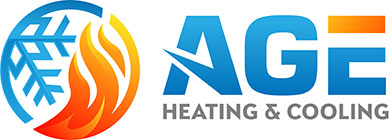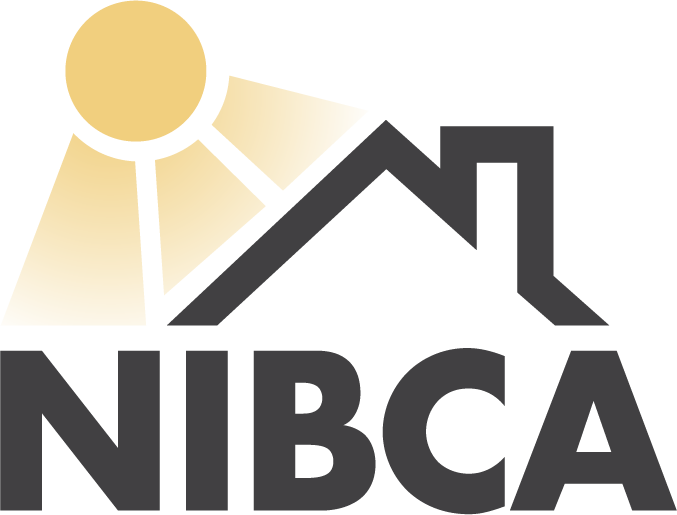
You shouldn’t have to sacrifice comfort or empty your wallet to keep your residence at a refreshing setting during summer weather.
But what is the best temperature, exactly? We discuss recommendations from energy specialists so you can find the best temperature for your residence.
Here’s what we advise for the most energy-efficient setting for air conditioning in Sandpoint.
Recommended Thermostat Settings for Summer
Most people find setting the thermostat at 72-73 degrees provides ideal comfort. However, if there’s a sizeable difference between your inside and outside warmth, your electricity costs will be bigger.
These are our suggestions based on the U.S. Department of Energy (DOE) and ENERGY STAR®.
While at home: 78 degrees. While that appears too high, there are approaches you can keep your home cool without having the air conditioner going constantly.
Keeping windows and blinds shut during the day keeps chilled air where it should be—inside. Some window treatments, such as honeycomb shades or plantation shutters, are designed to provide more insulation and improved energy efficiency.
If you have ceiling fans in your home, the DOE says you can increase thermostat temps about 4 degrees warmer without giving up comfort. That’s due to the fact they freshen with a windchill effect. Because they cool people, not areas, shut them off when you leave a room.
If 78 degrees still seems too uncomfortable at first glance, try running a trial for about a week. Start by raising your temperature to 78 degrees while you’re home. Then, gradually turn it down while using the tips above. You could be surprised at how refreshed you feel at a higher temperature setting.
While away: 88 degrees. There’s no need to keep the AC running all day while your home is vacant. Switching the temp 7–10 degrees warmer can save you anywhere from 5–15% on your electricity bills, according to the DOE.
When you come home, don’t be tempted to set your thermostat below 78 to cool your residence faster. This isn’t effective and often leads to a higher electricity bill.
A programmable thermostat is a helpful way to keep your settings controlled, but you have to set programs. If you don’t use programs, you run the risk of forgetting to raise the set temperature when you leave.
If you’re looking for a convenient fix, think over buying a smart thermostat. This thermostat works with with your phone, so it realizes when you’re at your house and when you’re out. Then it automatically adjusts temperature settings for the biggest savings. How much exactly? Usually $180 annually on heating and cooling, according to ENERGY STAR.
Another advantage of getting a smart thermostat? You can use your phone to monitor and adjust temperature settings from nearly anywhere.
While sleeping: Around 70 degrees. While ENERGY STAR recommends 82 degrees, that might be unpleasant for the majority of families. Many people sleep better when their bedroom is chilly, so that’s why the National Sleep Foundation recommends 60–67 degrees. But that could be too cold, based on your clothing and blanket preference.
We recommend using a comparable test over a week, setting your thermostat higher and gradually turning it down to pinpoint the right temp for your family. On mild nights, you could find keeping windows open at night and running a ceiling fan is a better solution than using the air conditioning.
More Methods to Use Less Energy This Summer
There are extra approaches you can conserve money on cooling bills throughout hot weather.
- Install an energy-efficient cooling system. Central air conditioners only work for about 12–15 years and become less efficient as they become older. An updated air conditioner can keep your home more comfortable while keeping cooling costs small.
- Schedule annual air conditioner tune-ups. Routine air conditioner maintenance keeps your equipment running smoothly and may help it work at greater efficiency. It might also help prolong its life span, since it enables pros to spot seemingly insignificant troubles before they create a major meltdown.
- Change air filters regularly. Follow manufacturer instructions for switching your air filter. A dusty filter can cause your system to short cycle, or turn on and off too much, and increase your electricity.
- Check attic insulation levels. Almost 90% of residences in the United States don’t have adequate insulation, according to the Insulation Institute. Most southern climates should have 13–14” of attic insulation, while northern climates need 16–18”.
- Have your ductwork inspected. Ductwork that has separated over time can seep conditioned air into your attic, walls or crawl space. This can create big comfort troubles in your home, including hot and cold spots.
- Seal holes, doors and windows. Keep warm air where it belongs by sealing openings. You can also caulk or weather strip doors to seal more conditioned air indoors.
Save More Energy During Warm Weather with Age Heating & Cooling
If you need to conserve more energy during warm weather, our Age Heating & Cooling professionals can provide assistance. Reach us at 208-603-2210 or contact us online for extra information about our energy-saving cooling products.







